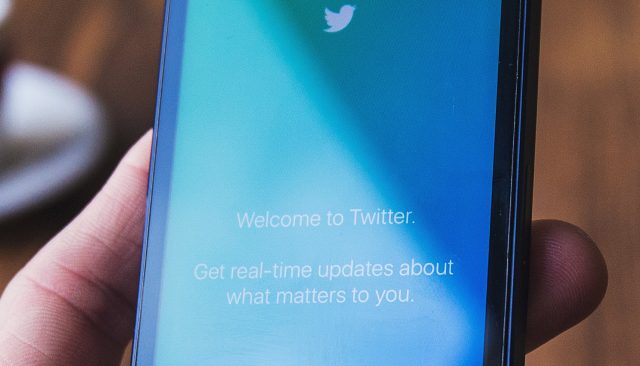Twitter Privacy & Safety: A New Resource for Survivors of Harassment & Abuse
July 26, 2016
Today the National Network to End Domestic Violence (NNEDV) with the support of Twitter launched a new resource, Safety & Privacy on Twitter: A Guide for Victims of Harassment and Abuse. This guide provides specific tips and guidance for Twitter users on increasing their privacy and responding to other users who misuse the platform.
For more than fifteen years, the Safety Net Project at NNEDV has led the gender-based violence field in addressing “technology safety,” a broad term that encompasses the idea that technology first and foremost does no harm to victims; that survivors know how to use technology safely to decrease isolation; that victim service providers know how to harness technology appropriately and effectively; and that abusers are held accountable when they misuse technology to stalk, harass, and harm victims.
Both NNEDV and Twitter firmly believe that people should feel safe in all spaces, including online. Unfortunately, many people misuse online platforms, such as Twitter, as a tool to harass, abuse, and stalk. This occurs in domestic violence, sexual assault, and stalking cases, as well as instances of mob harassment specifically targeting a person. NNEDV consistently advocates and works to help ensure that survivors can actively participate in online spaces without being victimized. As part of this work, NNEDV sits on Twitter’s Safety Council to share the experiences and challenges of survivors in this space and provide suggestions for addressing their needs.
This new guide walks through a number of safety tips to help users control their privacy and explains several features to ensure that users are making informed decisions on how they use Twitter. These include a detailed look at how you choose who can see your Tweets, how you manage your publicly available information, and how you control the sharing of your location. Many users are not familiar with some features that can be extremely helpful to victims of harassment, abuse, or stalking – such as the ability to remove location information from all past Tweets at once.
Understanding how to respond to harassment and abuse is just as important as controlling your own account and privacy. This guide also focuses on how Twitter defines harassment and what constitutes a violation of their Community Standards. The steps to block, mute, or report another user are explained, as well as additional considerations for survivors who many want to contact law enforcement or legal assistance.
Many victims of harassment and abuse are told to go offline or avoid certain spaces, although this is not an acceptable solution. Getting off social media doesn’t guarantee any level of safety or privacy and it doesn’t hold those perpetrating abuse and harassment accountable. That is not the experience anyone should have online. Survivors should be able to use social media and online spaces while also maintaining control over their personal information and feeling safe. Being informed about how to best use the spaces they are in helps to accomplish this. As Cindy Southworth, Executive Vice President and Founder of the Safety Net Project says, “Survivors should and must be safe at home, safe at the office, safe on the street, and safe online.”
We encourage everyone to read and share the Safety and Privacy on Twitter Guide by visiting techsafety.org or reading the guide here.





